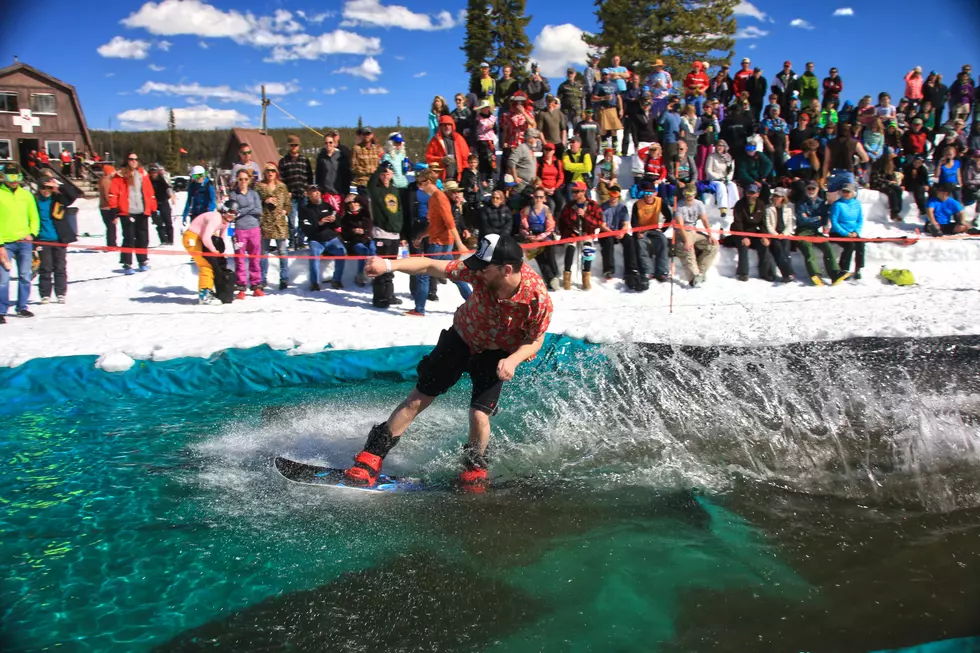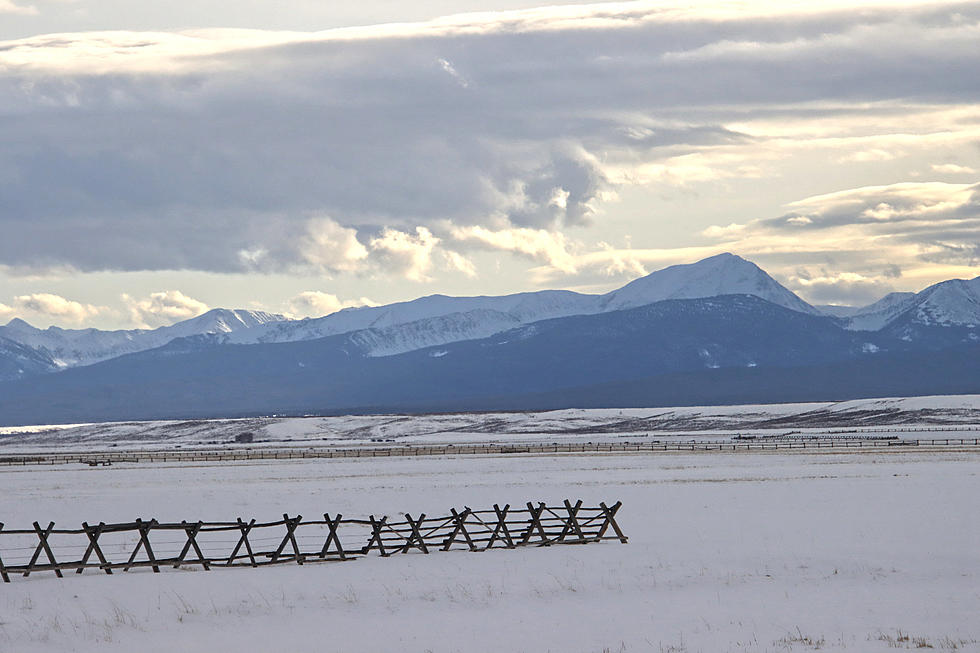
Hot Weather This Week, But No New Records Are Expected
It’s going to be hot this week, but the National Weather Service says the heat won’t be breaking records, at least not this week.
KGVO News spoke to Meteorologist Trent Smith early Monday morning who provided details on this week’s mid-July weather.
“We are having a fairly significant ridge of high pressure that's going to be building over the Northern Rockies over the next couple of days, and then that will slowly transition this kind of southwesterly flow aloft which will keep temperatures fairly warm,” said Smith. “We are anticipating temperatures to be in the 90s for most locations by Tuesday, and definitely on Wednesday for Western Montana. These temperatures are looking to be about 10 degrees above normal, especially for Tuesday and Wednesday.”
Looking back on June, Smith said it was an unusually cool and wet month in western Montana.
“June was actually a fairly cool month,” he said. “So again, we're not accustomed or acclimated to these warm temperatures so it could be a significant shock to the system,” he said. “I mean, heat like this has the potential of causing some issues, especially during the hottest part of the day so people should take it a little bit easier during those afternoon hours.”
Smith said he is expecting some thundershowers later in the week.
“We are anticipating some monsoonal moisture trying to make its way up into the Northern Rockies on Wednesday afternoon,” he said. “We are looking at about scattered thunderstorms across a good chunk of southwest Montana. Again, these are going to be high based, so there will be very little precipitation with the additional potential for a few lightning strikes.”
Smith said the record highs for this week are not in danger of being broken.
“The record for Tuesday is 105 here in Missoula, and the record for Wednesday is 104,” he said. “So, we're forecasting 96 degrees here in Missoula for Tuesday and 94 for Wednesday, so it's going to be warm, but nowhere close to records.”
Smith said those planning to beat the heat by floating area rivers on inner tubes should be aware that local rivers are still running somewhat high and cold, and to make sure they are wearing life jackets.




